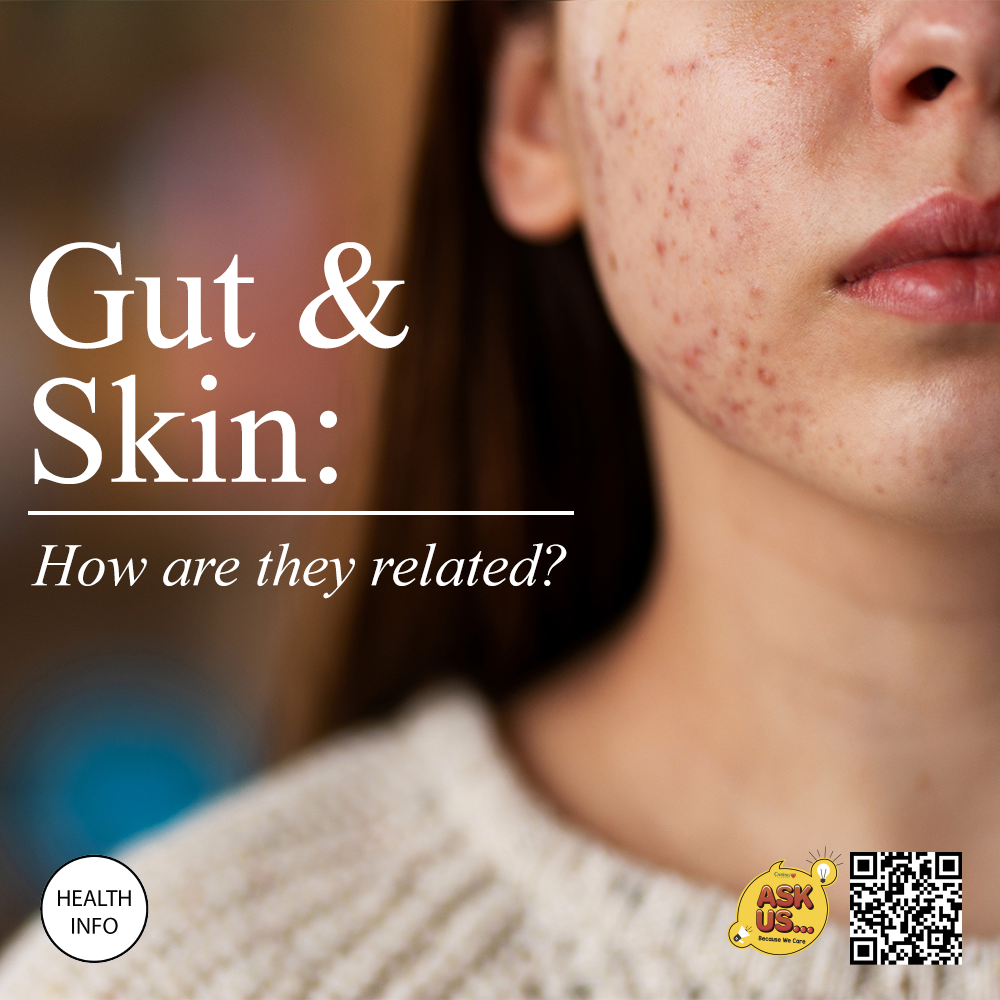
The Parenthood Prep 2.0 Workshop was held on the 17th of August 2019. Attended by many soon-to-be or young parents, the workshop invited many experienced and qualified personnel from the healthcare field. The following is the summary of the workshop:
CHILDBIRTH PREPARATION
Q: How to ensure safe delivery?
A: No special steps to be taken. But do go for regular checks. When you feel strong contraction at the end at your pregnancy and suspect labour is near, do visit your nearest hospital.
Q: How do I ensure that I deliver vaginally?
A: No specific method to ensure that. Inform your doctor and the doctor will make the decision based on your best interest.
Q: Is it normal to have vaginal discharge in pregnancy?
A: Yes, it is normal if the discharge is thin and odourless. Furthermore, pregnant lady has a mucus plug that blocks the cervix. This plug may move down towards the end of pregnancy.
Q: Is it safe to have intercourse during pregnancy?
A: Sex is safe if you are having a normal pregnancy. In fact, it is a natural and common practice. However, semen contains a hormone called prostaglandin that can stimulate contractions.
Q: What is a 3D Scan and what is a Detail Scan?
A: Many patients confuse 3D scan with detail scan. Detail scan is the one that looks into baby’s morphology and position.
EMERGENCY GUIDE TO CHOKING
Signs of Choking:
- WEAK COUGH OR NO COUGH AT ALL
- HIGH PITCHED SOUND
- DIFFICULT TO BREATH
- CRY WITH NO SOUND BUT WITH TEARS
Relief of Choking in Responsive Baby: (Repeat until object is removed or baby becomes unresponsive)
BACKSLAPS
- Kneel Down
- Lay baby face down on your forearm
- Keep baby’s head lower than the chest
- Perform 5 back slaps firmly (between the shoulder blade, using heel of your hand)
CHEST THRUST
- Turn baby face up on your forearm
- Perform 5 chest thrusts (place two fingers at the center of the chest, lower half of the breastbone & compress 4cm)
Relief of Choking in Unresponsive Baby:
- Call for help (Call for Ambulance)
- Perform 30 chest compressions
- Open mouth
- Remove object if object can be seen
UNDERSTANDING NEWBORN SKIN
4 major tips for the care of newborn skin:
- Less is more
- Bland and simple
- Keep Warm
- Protect from the sun
Reminders for parents:
- Delay the baby’s first bath for 24 hours
- You may bathe the newborn three times per week but not more than 10 minutes for each session.
- Washing should be done part by part with soft cloth dipped in warm water.
- Do not soak the newborn until umbilical cord falls off.
- The use of talcum powder is not advised.
- Avoid soap. Use soap-free cleanser
- Use fragrance-free, hypoallergenic moisturizer after first month
What is that cheese-like coating on newborn skin?
Vernix caseosa (Latin for cheesy varnish) is the coating that is found typically in newborns. Vernix caseosa is the natural moisturizer for the newborn! The vernix protects the newborn skin from drying. Parents do not need to remove the vernix caseosa as it is beneficial to the newborn.
STEM CELL BANKING
The blood that remains in the veins of newborns umbilical cord is known as the cord blood. Cord blood contains mainly Hematopoietic Stem Cells (HSCs) which is capable of generating blood cells and cells of the human immune system.
HSC may differentiate into various blood components such as white blood cells, red blood cells and platelet. Red blood cells function as the oxygen transporter in our body. Platelets are involved in blood clotting while white blood cells play major role in immune response.
Storing stem cells is beneficial as the cord blood can be used to treat nearly 80 types of disease including leukaemia, sickle cell anaemia and thalassaemia.
HSC is not the only stem cell available. Mesenchymal Stem Cells (MSCs) that can be found in the Whartons Jelly of the umbilical cord is gaining popularity. It has the potential to differentiate into bone, heart, nerve, cornea, fat and cartilage cells, and has been used for repairs of these organs.
HSC and MSC are both beneficial but they perform different functions. MSCs can improve the engraftment of HSCs transplantation as MSCs are a catalyst to the necessary environment conducive for HSCs functions.
HOW TO MASSAGE A BABY?
Head & Face Massage:
- Cradling your baby’s head in both hands, massage the scalp with the pads of your fingertips as if you are shampooing
- Rub your thumbs softly over your baby’s eyebrows and stroke out to the temples
- Draw your thumbs across from the bridge of the nose with light pressure and spread out above the cheekbone, over the cheekbone and under the cheekbone
- Using both thumbs, stroke out from his upper lip to the cheek.
- Softly massage your baby’s jaw by stroking your thumbs outwards.
- Bring your hands together from behind the baby’s ears, down to the chin
Chest Massage:
Open book: With both hands, stroke your baby from the center of the chest in upward and outward movement, without lifting the hands from the baby. Bring your hands around in a heart shaped motion back to the center of the chest.
Criss cross: From the right side of his chest, stroke diagonally across to his left shoulder without lifting your hands. Then with a criss-cross pattern, use other hand to stroke diagonally across the other shoulder.
NUTRITION DURING PREGNANCY & CONFINEMENT
Balance diet is crucial in pregnancy and confinement. Emphasis should be given on vegetables, fruit and protein. Many pregnant women tend to take in high carbohydrates and starchy food while avoiding meats. Starchy and fatty gravies should be avoided by pregnant ladies.
Latest Health Info
HPV and You: Why Prevention Matters
What is HPV?Human papillomavirus (HPV) is one of the most common viral infections affecting both men and women. It spreads ...
Gut and Skin: How They Are Related?
Did you know that your gut and skin are connected? The gut-skin axis is the relationship between the microorganisms in ...
Ladies, Let’s Bring Out The Beauty In You
Ladies, Let’s Bring Out The Beauty In You As women juggle the demands of work, family, and personal health, taking ...




